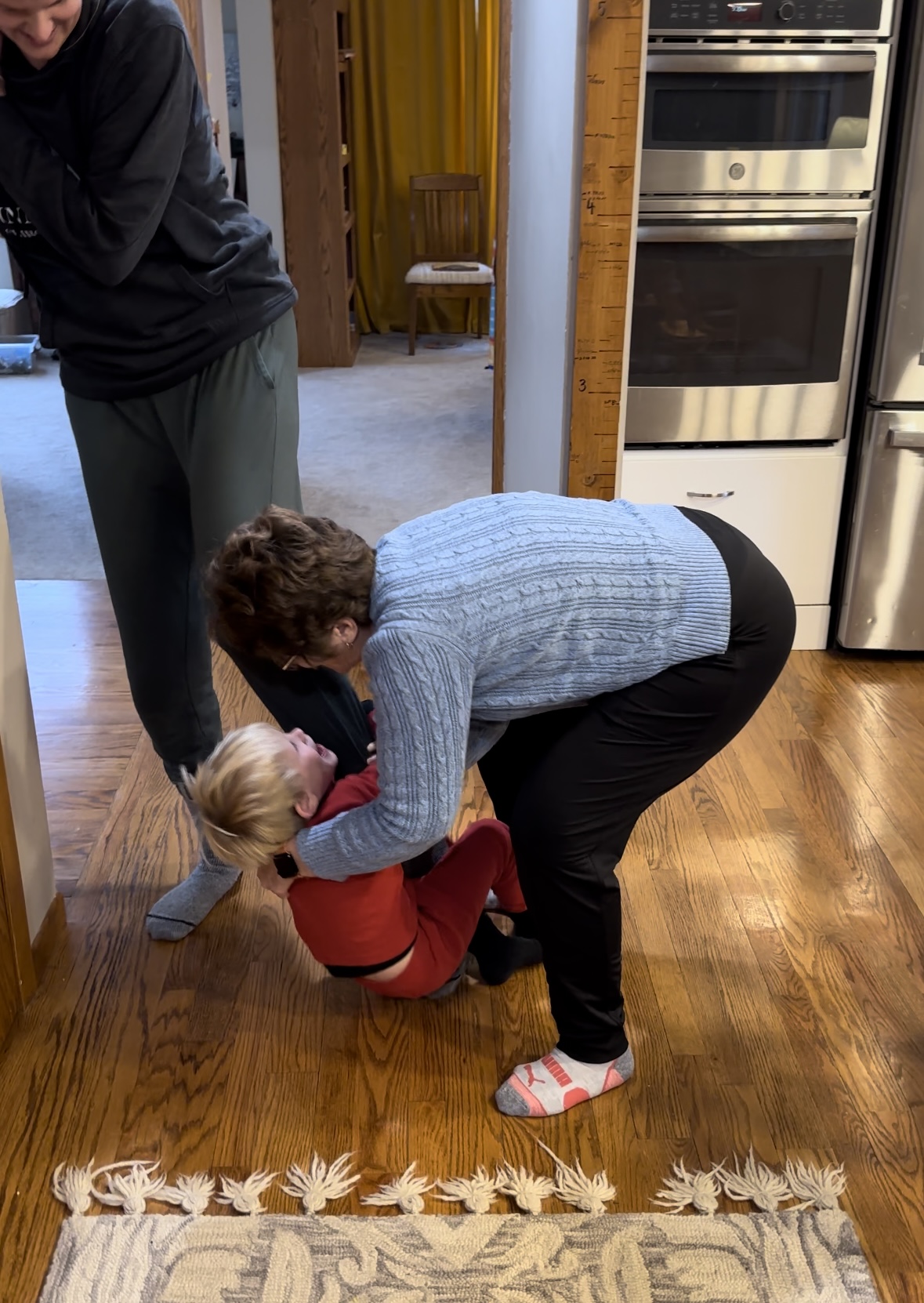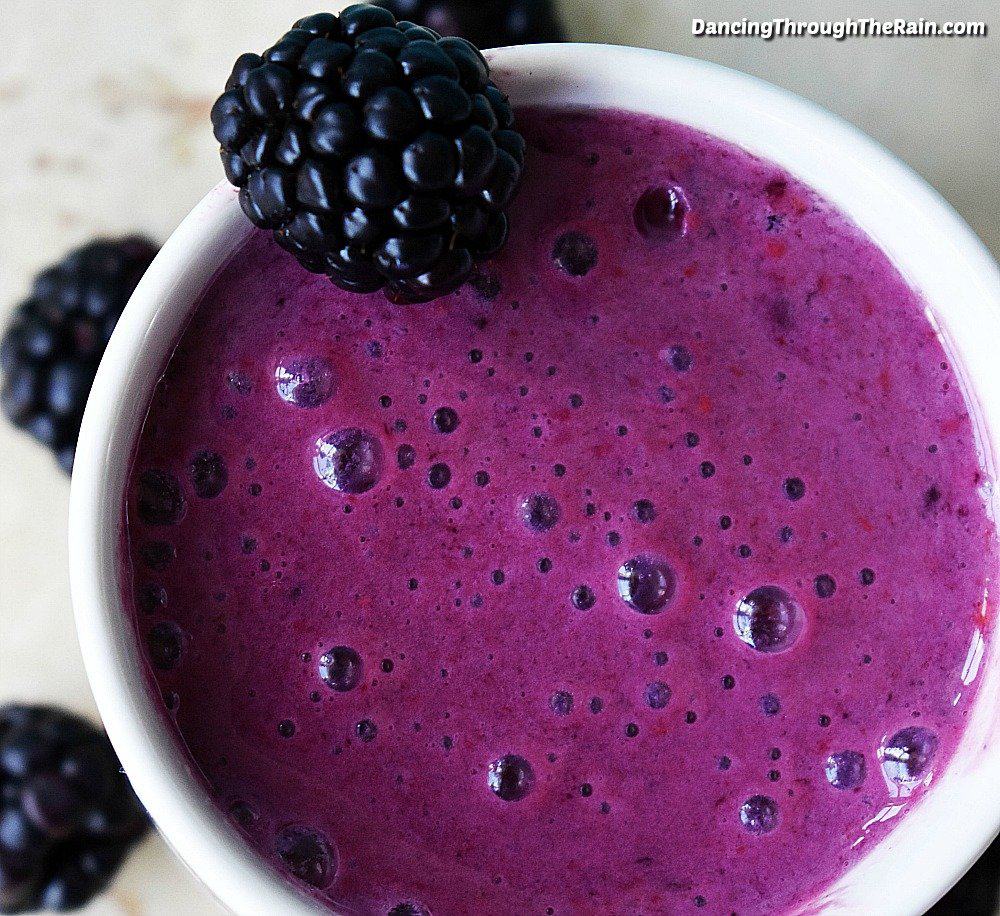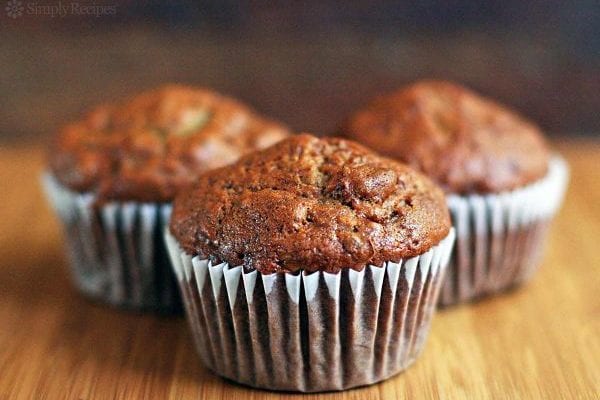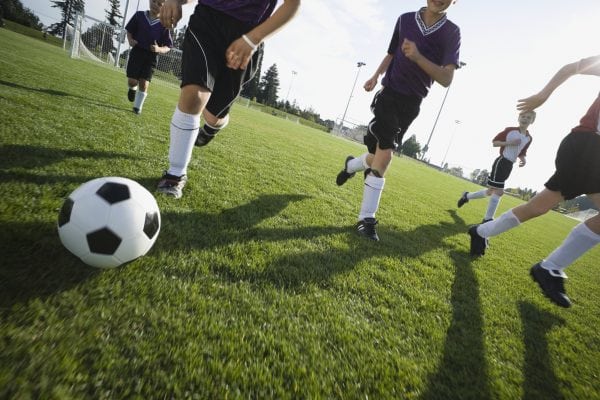
Deadlifting, it’s not just a gym-based exercise and it’s certainly not an exercise to fear.
So often I inquire about the deadlift and hear back from patients “I don’t want to hurt my back” or “I don’t lift heavy anymore.” While I always want to hear people out and meet them where they are on their journeys, I’d like to offer some suggestions.
You should already be doing it.
The deadlift, also known as a “hip hinge,” is a pattern we encounter repetitively in our activities of daily living. Think emptying the dishwasher, grabbing a laundry basket, vacuuming pet hair, grabbing a case of water, picking up a child. Each one of these tasks are best done bending at the hips vs flexing through our low backs.
It doesn’t need to be heavy.
While I may argue our best lifting position for something heavy should be the deadlift / hip hinge, we absolutely do not “need” to lift heavy. You do need to be ready to lift a summer cooler full of beverages and watermelon.
It may help some low back pain.
There is good evidence (Level B from Fisher 2021) “that exercise programs that include deadlifts are clinically effective options for the treatment of low back pain.” In the Journal of Bodywork and Manual Therapy, Norris suggests the use of hip hinging and deadlifting to create resilience moving forward. Of course, we think this is not one size fits all, but some may benefit.
If you’re not sure ask.
If you’d like to investigate the deadlift pattern more. Please ask. We’d love to help you tackle your activities of daily living with more ease. We’d love to ensure you’re ready for the movement pattern (little strength, little endurance) and pattern the movement correctly.
Credit:
Fischer SC, Calley DQ, Hollman JH. Effect of an Exercise Program That Includes Deadlifts on Low Back Pain. J Sport Rehabil. 2021 Feb 24;30(4):672-675. doi: 10.1123/jsr.2020-0324. PMID: 33626500.
Norris CM. Back rehabilitation – The 3R’s approach. J Bodyw Mov Ther. 2020 Jan;24(1):289-299. doi: 10.1016/j.jbmt.2019.10.016. Epub 2019 Oct 25. PMID: 31987559.








